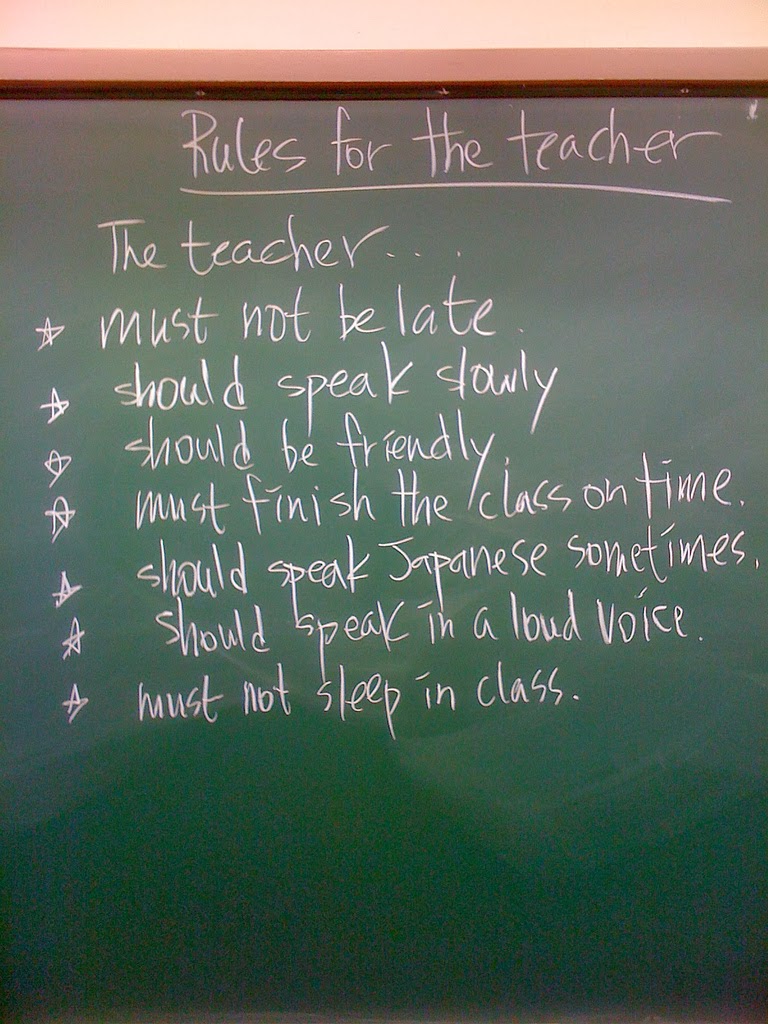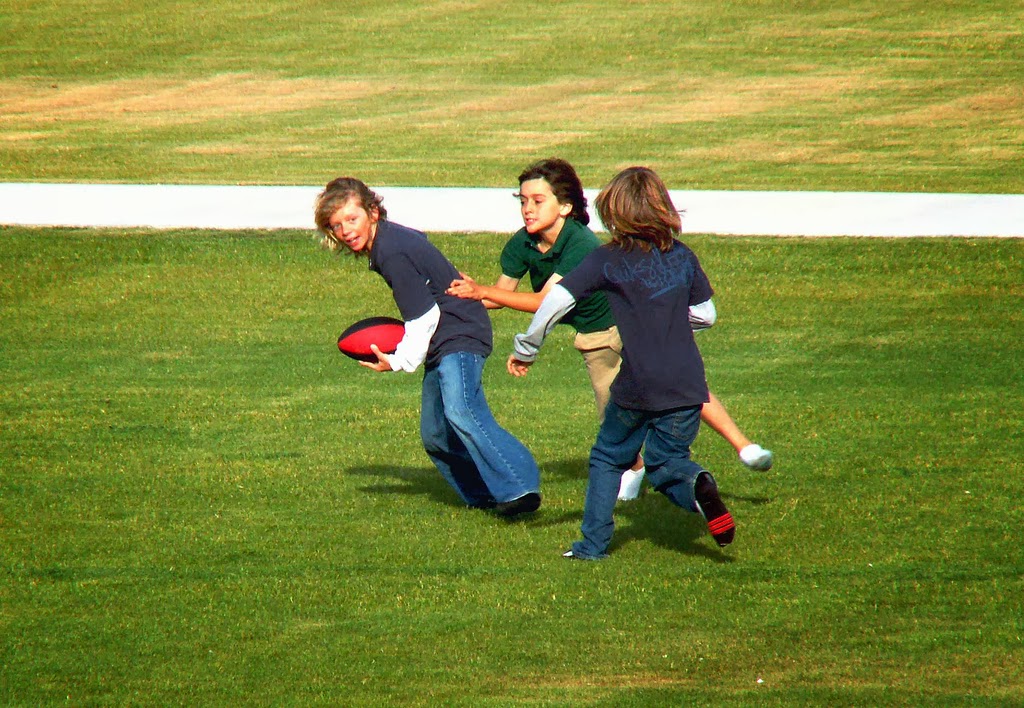We have been sharing recently about the importance of helping older children and teens not only think more deeply about biblical texts, but also to make connections between the various pieces of biblical knowledge they have acquired over the years. There is a great activity you can do with a class to encourage them to put the various pieces of their faith knowledge together in ways that can help them be more godly in their lives.

This activity can work with any topic that is dealt with in multiple passages throughout the Bible. You will need one passage of scripture for each small group of students. If possible, try to find passages that may not at first seem connected, but are. For example, perhaps several passages from the New Testament, but then also one or two on the same topic from the Old Testament. Or perhaps, one that is often taken out of context and therefore seems to counter the others, but within context, complements or confirms them. You may want to start with passages where connections are obvious and make them more difficult as students better understand the exercise.
Divide the class into small groups. The number of groups should equal the number of passages. Don’t tell students the theme or give them any hints about possible connections. Have each group record their thoughts, observations and questions about the passage they were given. After the groups have completed the task, have them share their responses with the class. Record them so everyone can see the answers of each group side by side.
Once the groups have all shared, ask students to point out any similarities or connections they notice between the various groups. If they seem to omit one or more passages, inform them that all of the passages are connected. Encourage them to examine the omitted passages again to see what they missed.
This activity can prove really helpful on topics like baptism. A random verse can be taken to imply faith is all that is necessary to become a Christian, but when it is put back in the context of other passages where people actually became Christians, it becomes clear that while faith is definitely part of the process, one does not become a Christian until baptism.
The exercise also encourages students to notice those important connections in scripture – even when all of the passages you give them are in obvious agreement. It can be used to add additional information about a topic like love as the various passages are combined to get a fuller, richer, picture of love.
Perhaps the most helpful part of this exercise is reminding students that all of the scriptures on a topic must be examined together – helping avoid misunderstandings by taking a random verse out of context. Doing the exercise periodically can help young Bible students develop better Bible study habits.




